*NURSING > Research Paper > NRS 433V Week 5 Research Critiques and PICOT Statement Final Draft (All)
NRS 433V Week 5 Research Critiques and PICOT Statement Final Draft
Document Content and Description Below
Running head: RESEARCH CRITQUE AND PICOT STATEMENT 1 Research Critique and PICOT Statement Grand Canyon University: NRS 433V December 2020 Introduction Antibio... tic resistance has been a growing health concern both nationally and internationally. Two different methods of study will be critiqued to help the nurse better understand the use and importance of nursing research. With the rapidly increasing antibiotic resistance problem, a need for antibiotic use surveillance is in order to slow down the increasing concern about drug resistant organisms. We will discuss how qualitative study as well as quantitative study can be useful in understanding the widespread unjustified use of antibiotics and how Antimicrobial Stewardship can be implemented effectively. Qualitative Study Problem Statement The increased prevalence of antimicrobial resistant organisms and the stagnant development of new antibiotics have resulted in a growing concern internationally. The AMS program was formed to assist in governing the physicians’ overprescribing of unnecessary use of antibiotics. Broom et. al (2016) noted that “50% of all inpatients receive antibiotics, between 20-50% of assessable prescriptions are inappropriate” (p. 2). While there has been a number of research to help understand the antibiotic clinical behavior of physicians, not much attention has been given to the non-physician participants. Therefore, further study such as this is necessary. Purpose and Research Question The purpose of the study was to explore the experiences of the pharmacists in the antibiotic decision making behaviors of physicians in two Australian hospitals and to gain insight in order to improve their role in Antimicrobial Stewardship (Broom et. al, 2016). The study was designed to answer the first research question, how can the hospital pharmacist assist to control the way antibiotics are prescribed appropriately? Secondly, can their expertise be used in the health care setting in opposing the overuse of antibiotics from this qualitative study? The purpose and research questions are both relevant to the topic problem. A qualitative method of data collection is appropriate for the study as researchers were looking to report on the personal experiences of the pharmacists. Literature Review This study was necessary in order to understand how there has been very little improvement in the AMS. The goal in establishing AMS is to improve upon the antibiotic overprescribing behaviors of physicians. The author mentions that “pharmacists have been delegated a critical role in antibiotic governance in AMS teams within hospitals but the experience of pharmacists in influencing antibiotic has received limited attention” (Broom et. al, 2016, p. 1.). The authors cited a qualitative analysis of Practice and innovation as well as Living with conflict-ethical dilemmas and moral distress in the health care system (Broom et. al, 2016). Another work cited by the authors for the study was how organizational context affects bioethical decision-making: Pharmacists’ management of gatekeeping processes in retail and hospital settings. The references used by the authors date as far back as 2002 but most of them were from the last five years. The author pointed out the limitations in the study, “the findings within this context cannot be generalized to other settings” because pharmacists work in different settings. One without any AMS or second with AMS but may encounter other difficulties (Broom et. al, 2016, p.7). The authors further explain because there is a strain that exists between clinical judgment and pharmaceutical expertise requires additional extensive investigation (Broom et al, 2016). Conceptual/Theoretical Framework The author identified the need for this study due to the lack of success in changing the physicians’ behavior when it comes to antibiotic overuse. The author cites that previous research shows how pharmacists impending influence to the regulation of antibiotic use. The author used a theoretical perspective of phenomenological approach to collect data and report personal experiences about the clinical decision making of the pharmacist working in the hospital setting related to antibiotic use and prescribing behaviors by physicians (Broom et. al, 2016). The author used NVivo 10 software for data analysis applying the framework approach. The author led a semi-structured interviews of the hospital pharmacists to help better understand the practices surrounding the antibiotic use. The participants’ experiences were used to analyze how much impact they could have to the AMS. Quantitative Study Protection of Human Participants The objective of the study to identify areas for improvement using a quantitative comparison of rates in antibiotic use utilizing the “focus infection” method. The study consisted the rate of antibiotic use in two hospitals in Ujjain, India, a teaching hospital and a non-teaching hospital. The study also compared the different patient characteristics and antibiotics prescribed by the two hospitals. The authors noted that informed written consents were obtained from all the participants as well as an approval from the ethics committee of RD Gardi Medical College. Participation in the study was noted by the researchers as voluntary. The privacy of the participants were secured based on the author’s statement that “the research was conducted according to the principles expressed in the Declaration of Helsinki,” under which it specified the privacy and confidentiality must be protected (Pathak et. al, 2012, p. 3). Data Collection The study identified the dependent variable is the use of antibiotics and the independent variables are the different types of infections. The first method used in data collections was form was to use a form that comprised of patient specifics, age, sex, gender, admission ward, admission and discharge dates, the antibiotic treatment with start and stop dates, dose per use, numbers of doses per day, and route of administration (Pathak et. al, 2012). The second method researchers’ used to collect data was in a form of a questionnaire, which was attached to each of the patient’s file wherein the types of infections were listed in different categories such as community acquired infection (CAI), hospital-acquired infection (HAI), and perioperative or medical prophylaxis. The assigned medical officers collected the information from all of the departments from the date of admission until discharge. The questionnaire was organized based on the reporting system from STRAMA, the Swedish Strategic Program against antibiotic resistance and European Surveillance of Antimicrobial Consumption (ESAC), which has been widely used by other researchers to collect detailed information about antibiotic use in European hospitals (Pathak et. al, 2012). The data was collected for a period of fifteen months with a gap of between the two hospitals, and every 4 months th [Show More]
Last updated: 1 year ago
Preview 1 out of 9 pages
Instant download

Instant download
Reviews( 0 )
Document information
Connected school, study & course
About the document
Uploaded On
Nov 08, 2021
Number of pages
9
Written in
Additional information
This document has been written for:
Uploaded
Nov 08, 2021
Downloads
0
Views
113

.png)


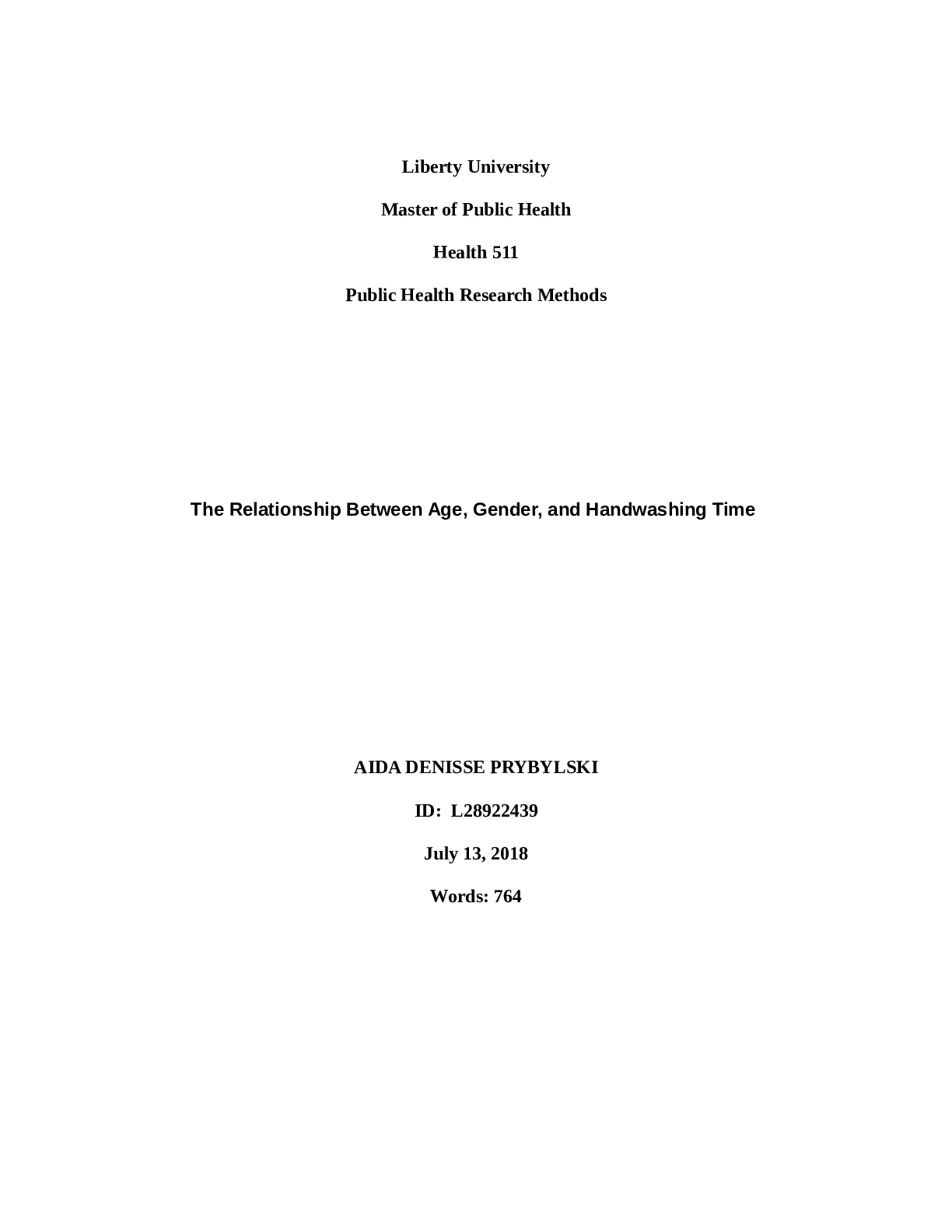




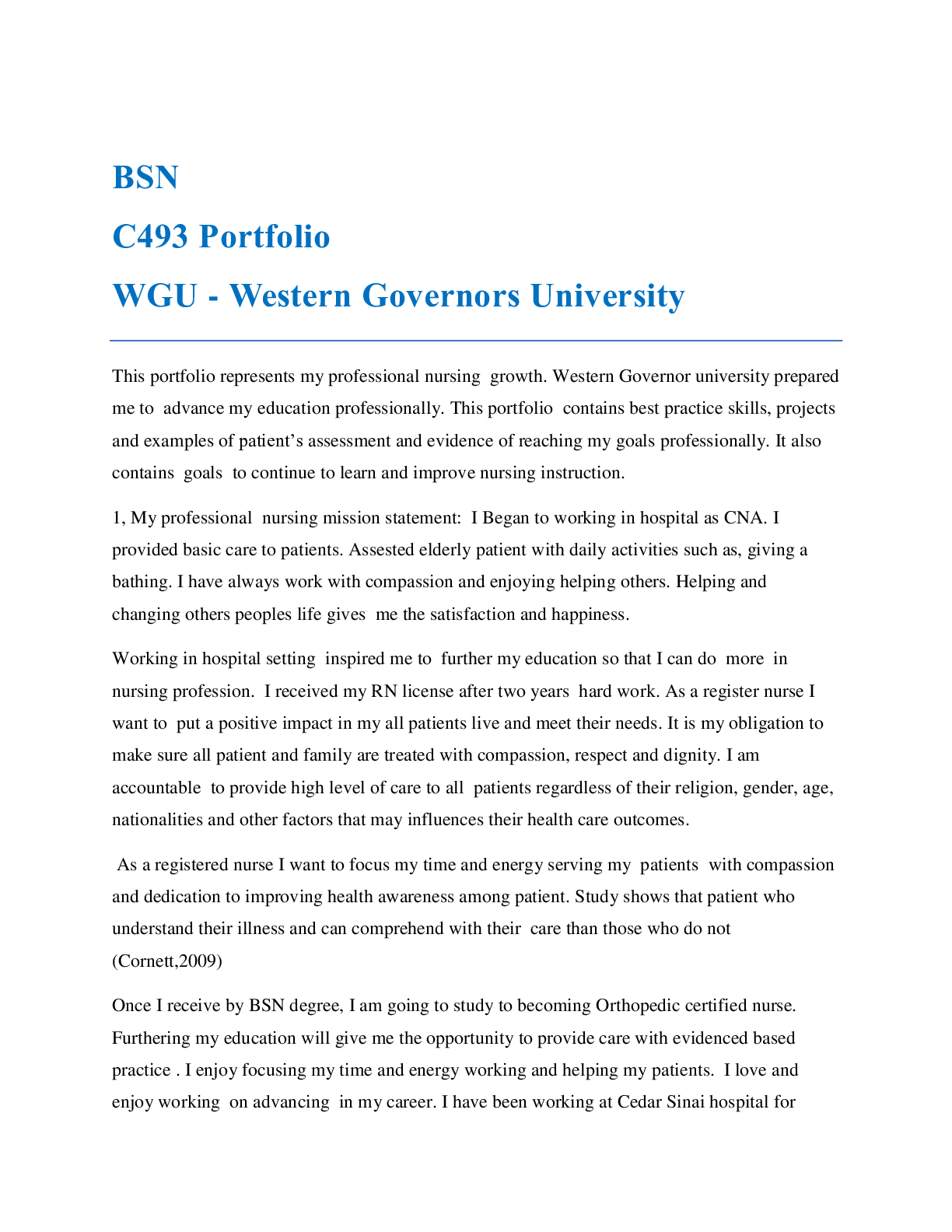
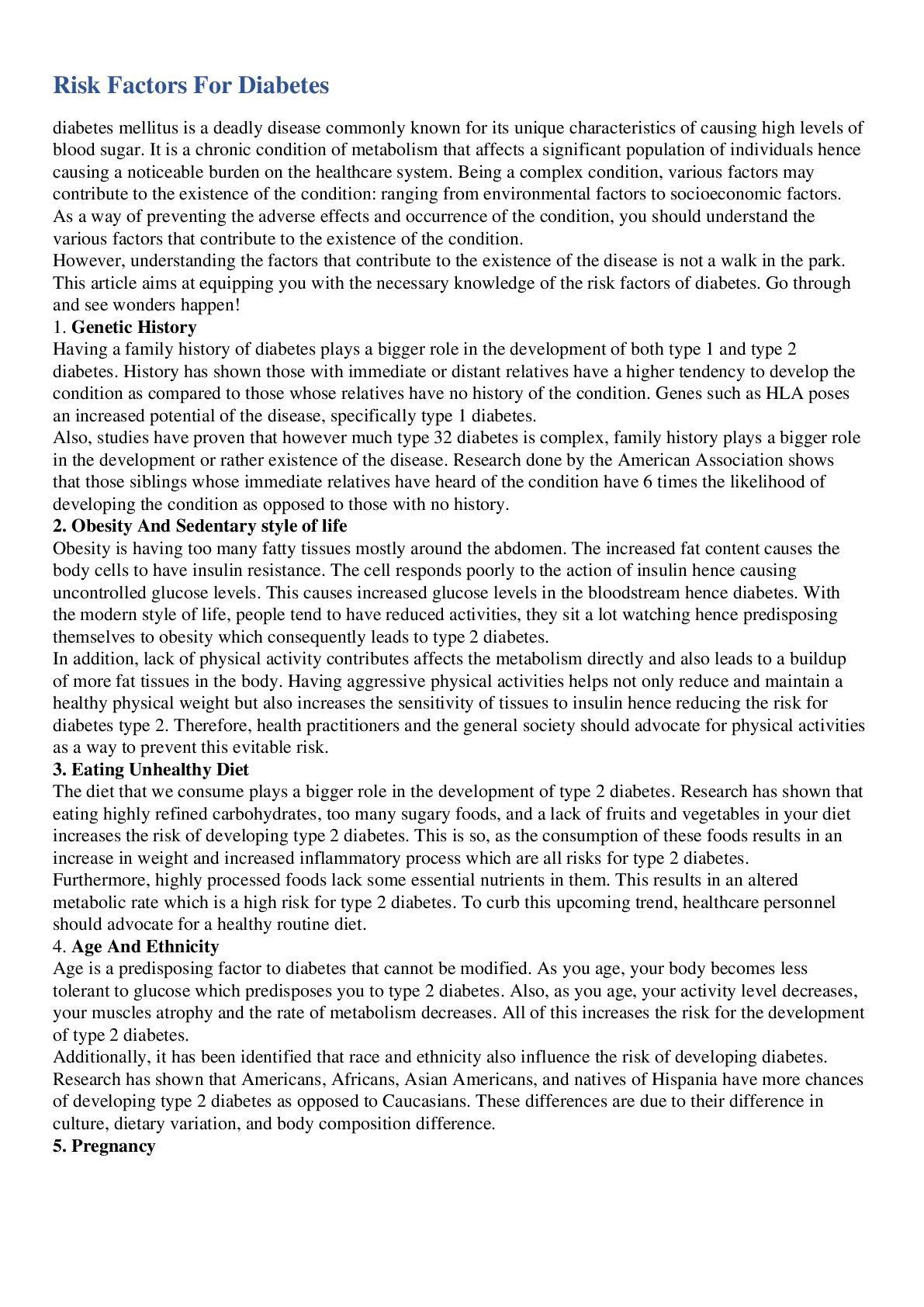

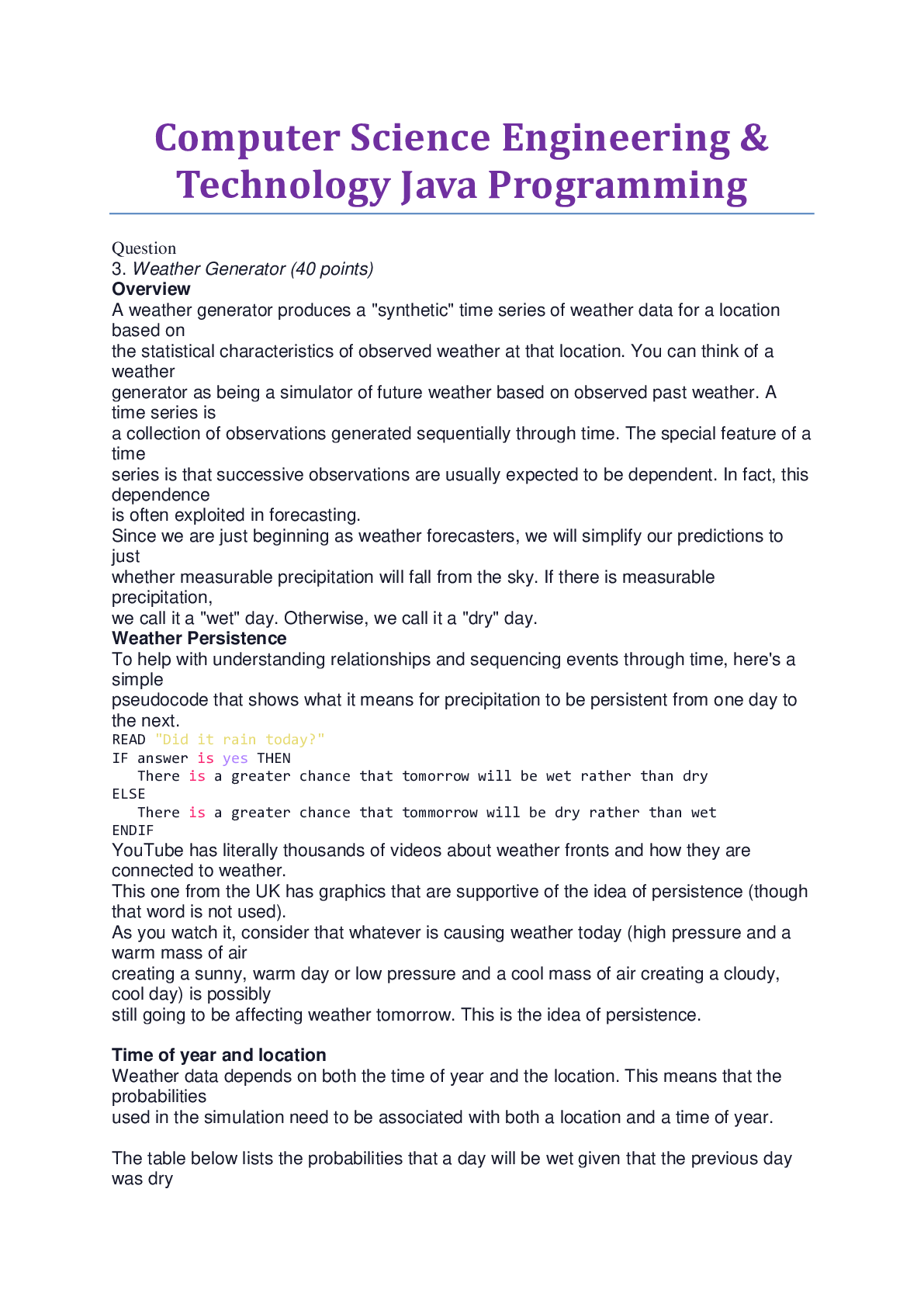
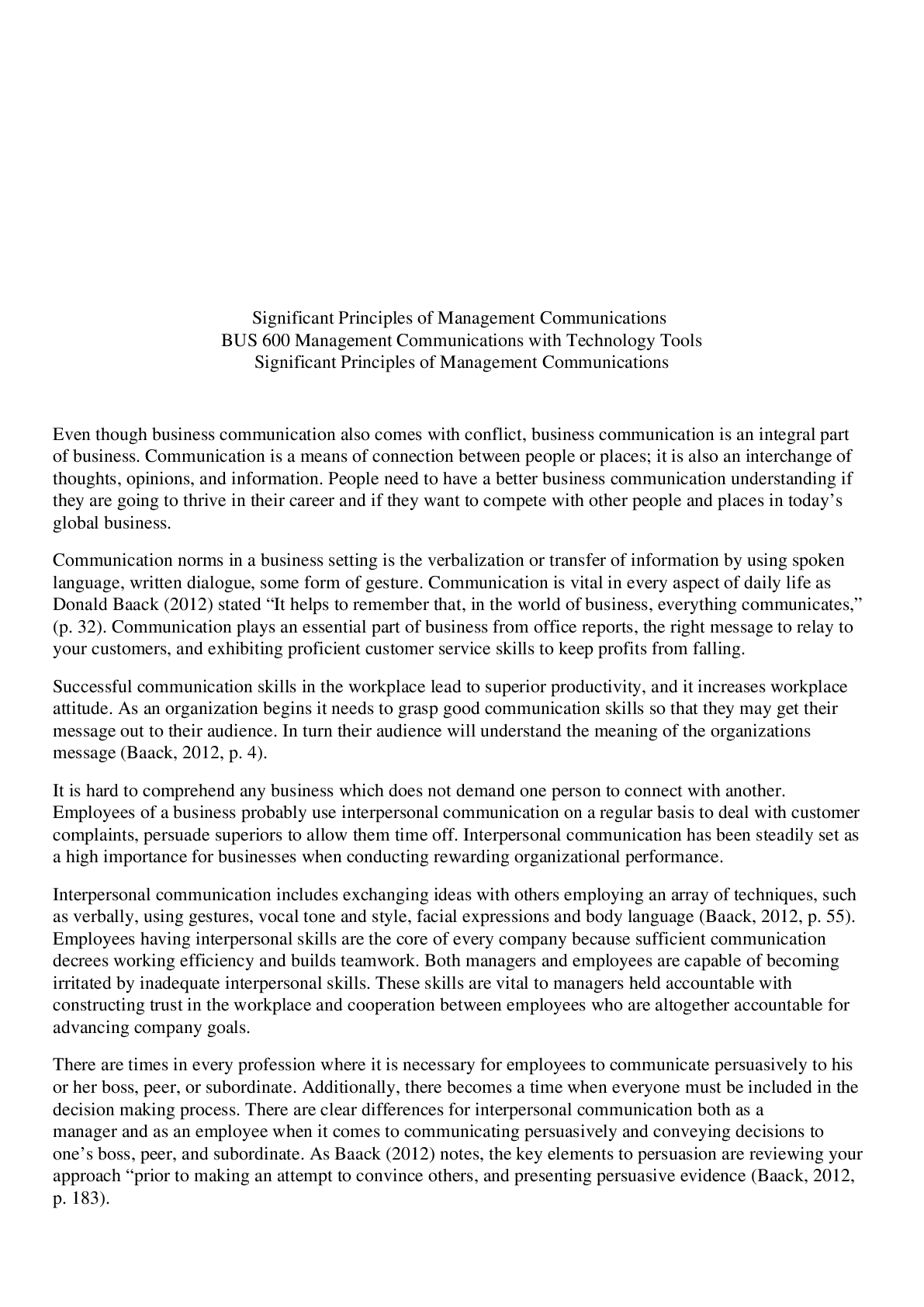
Interdisciplinary Paper.png)


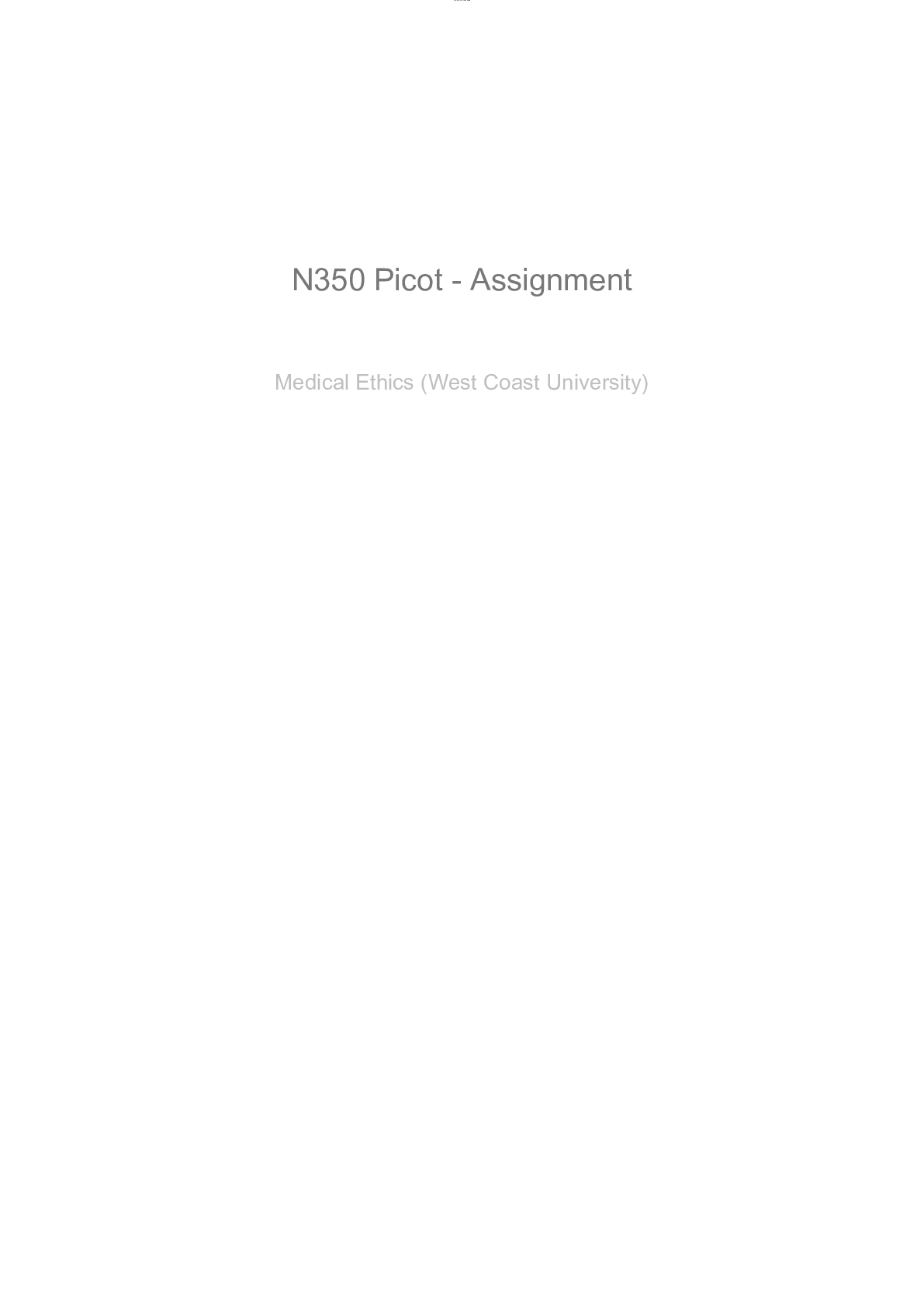


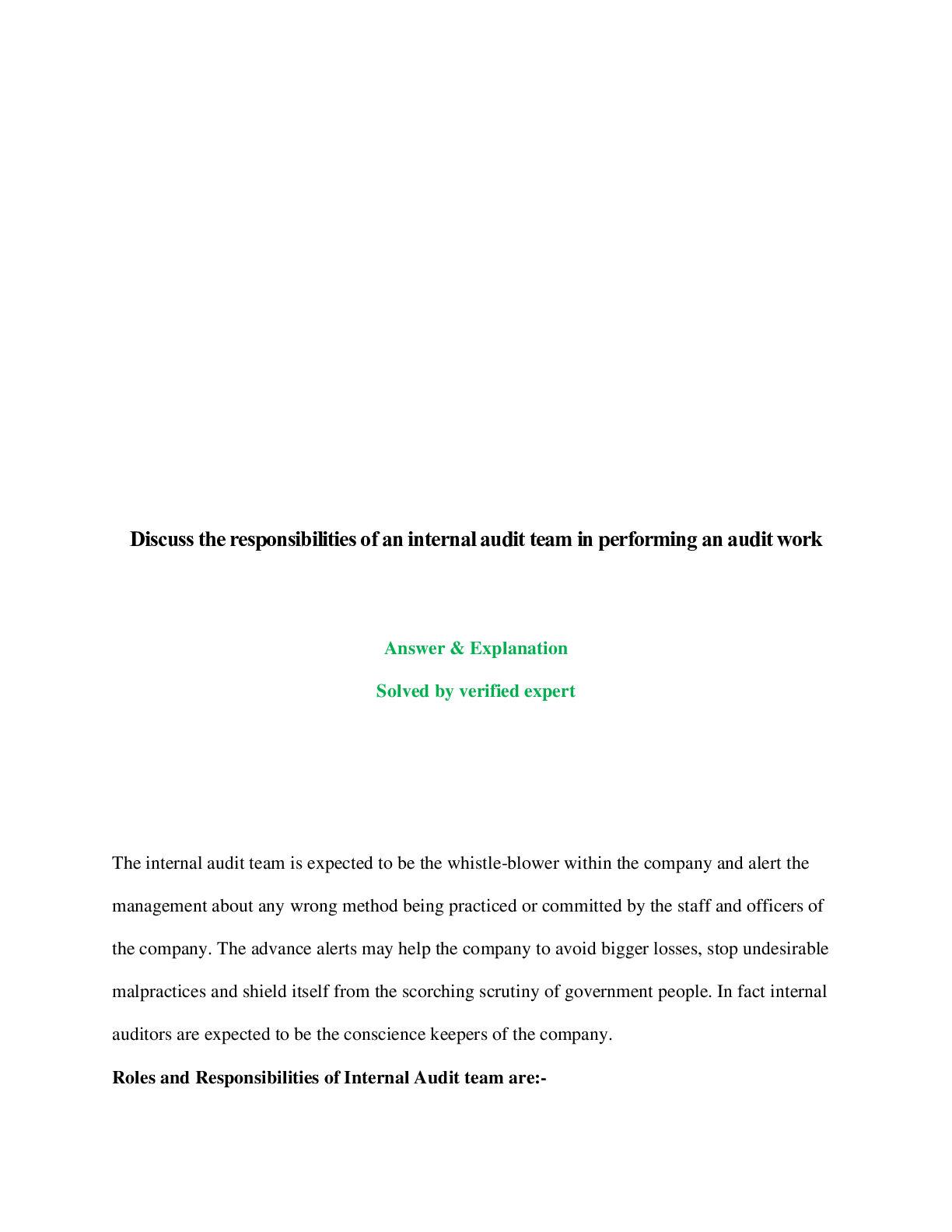


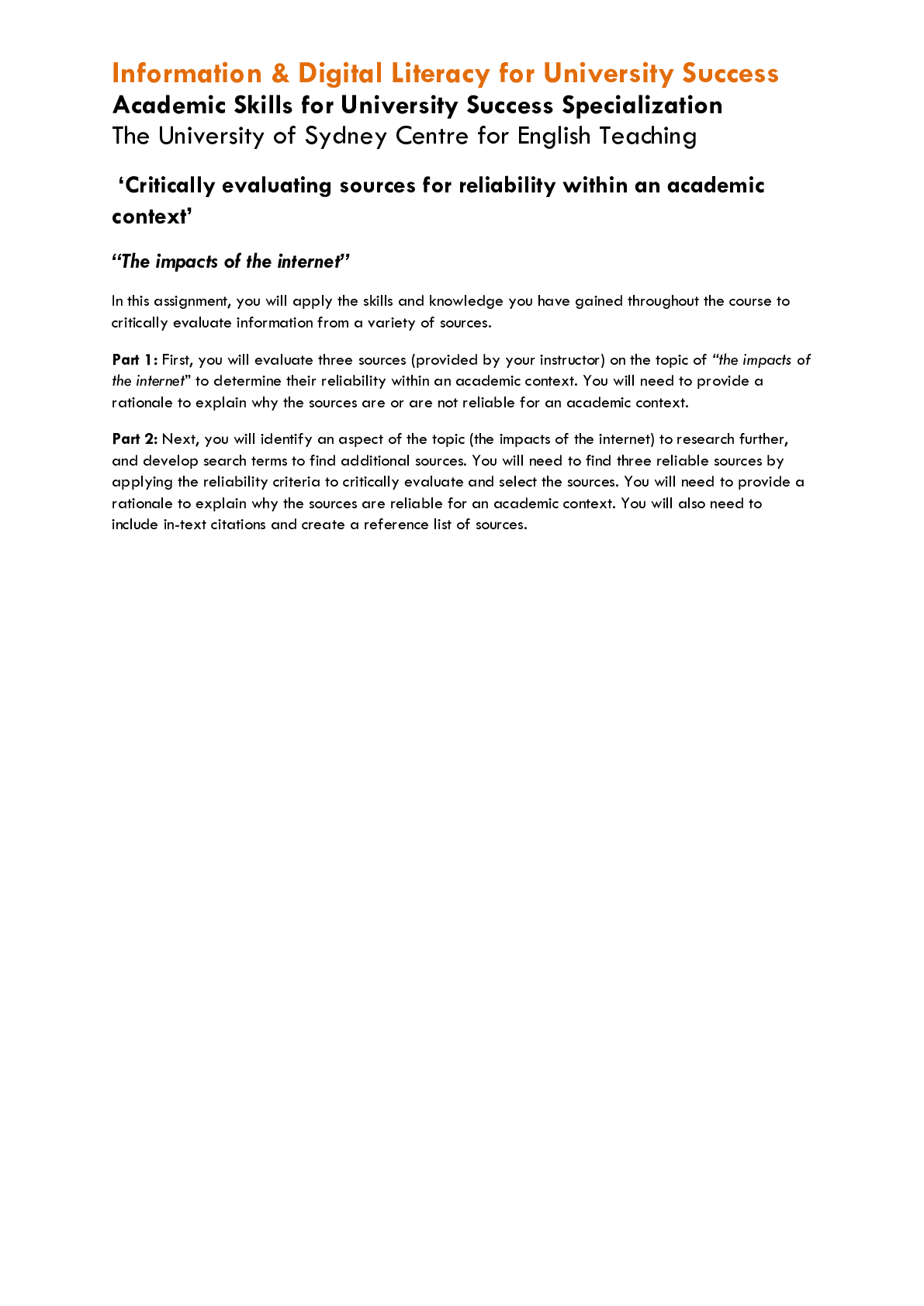
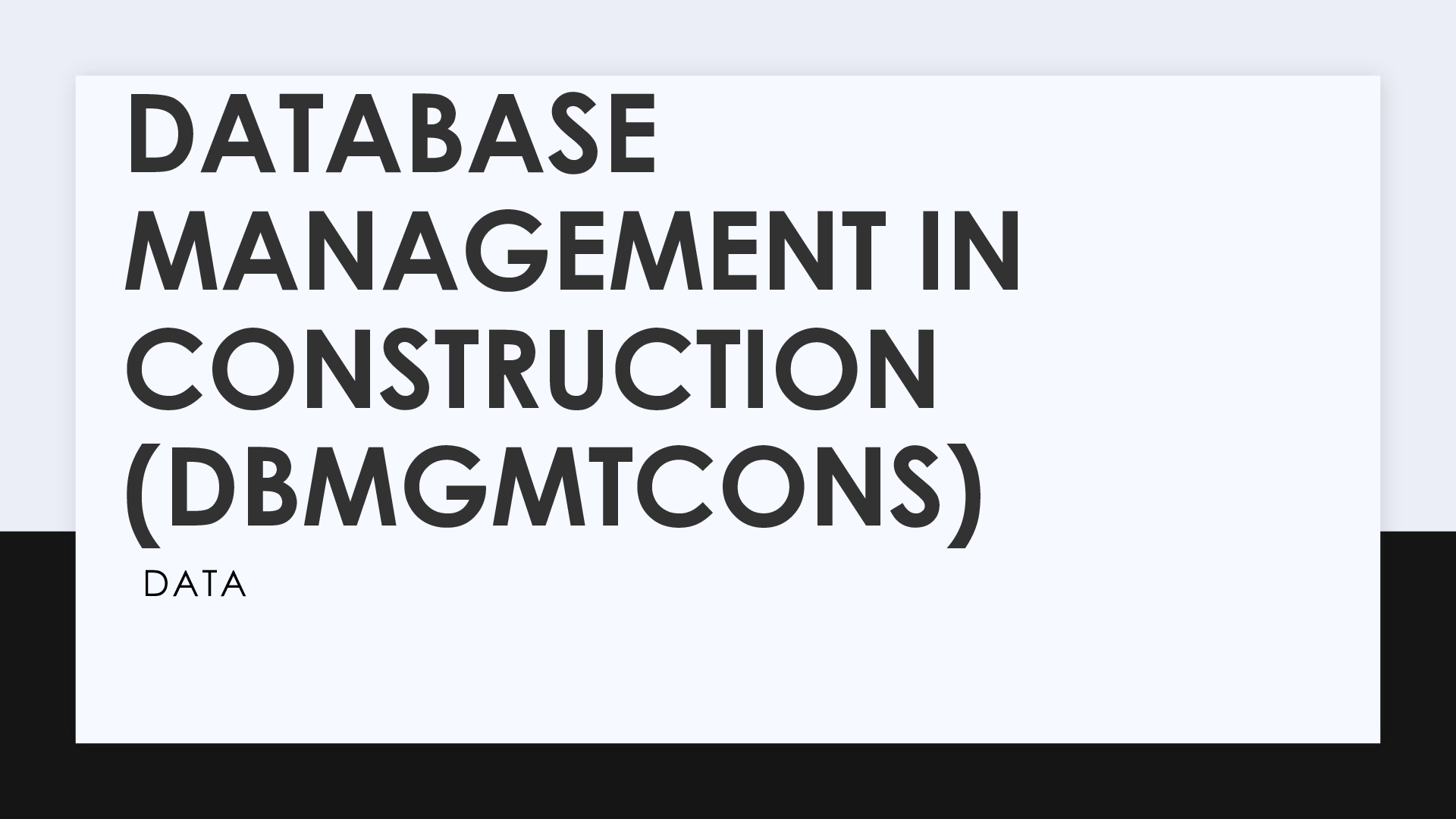
dfdfefe.png)

